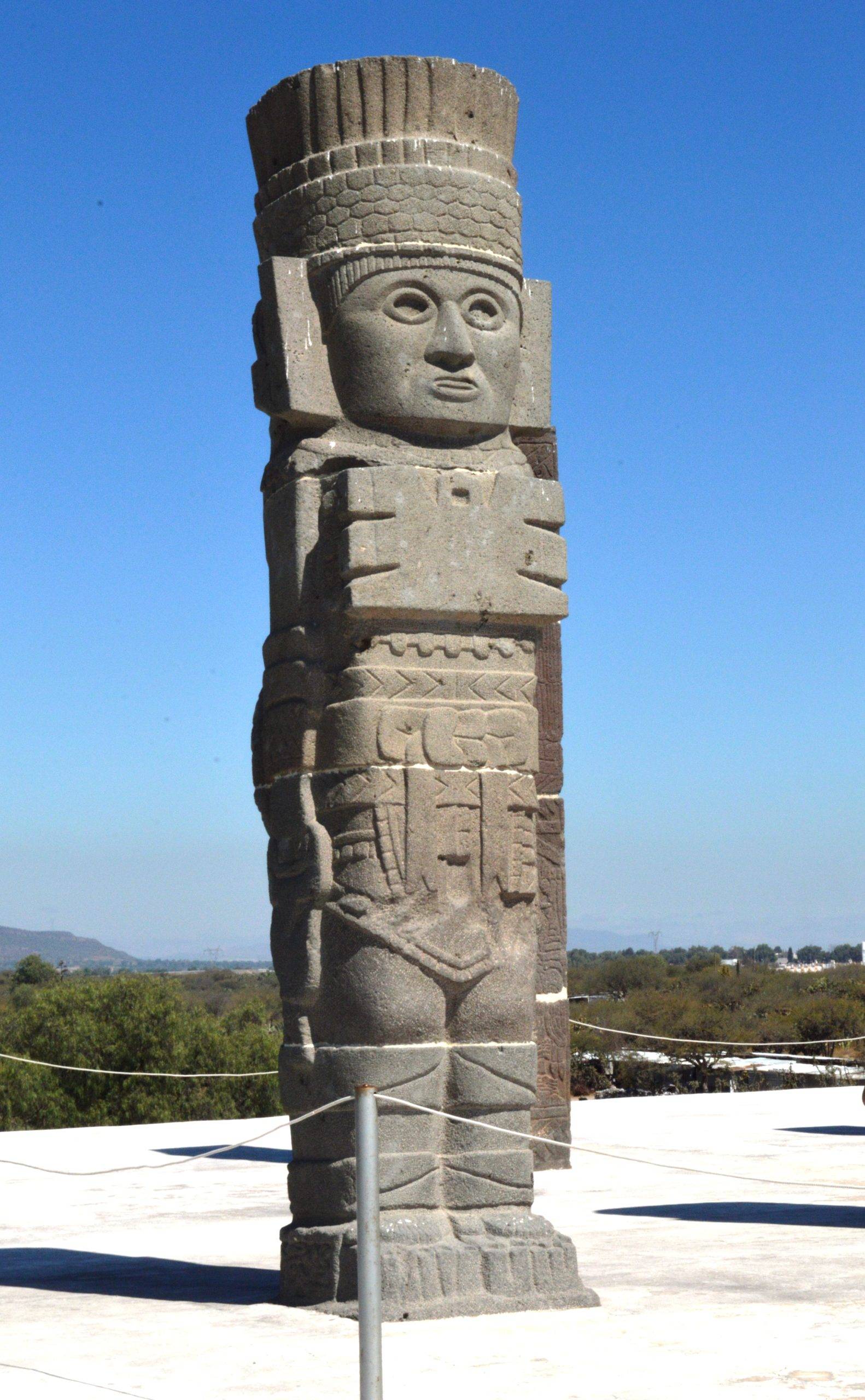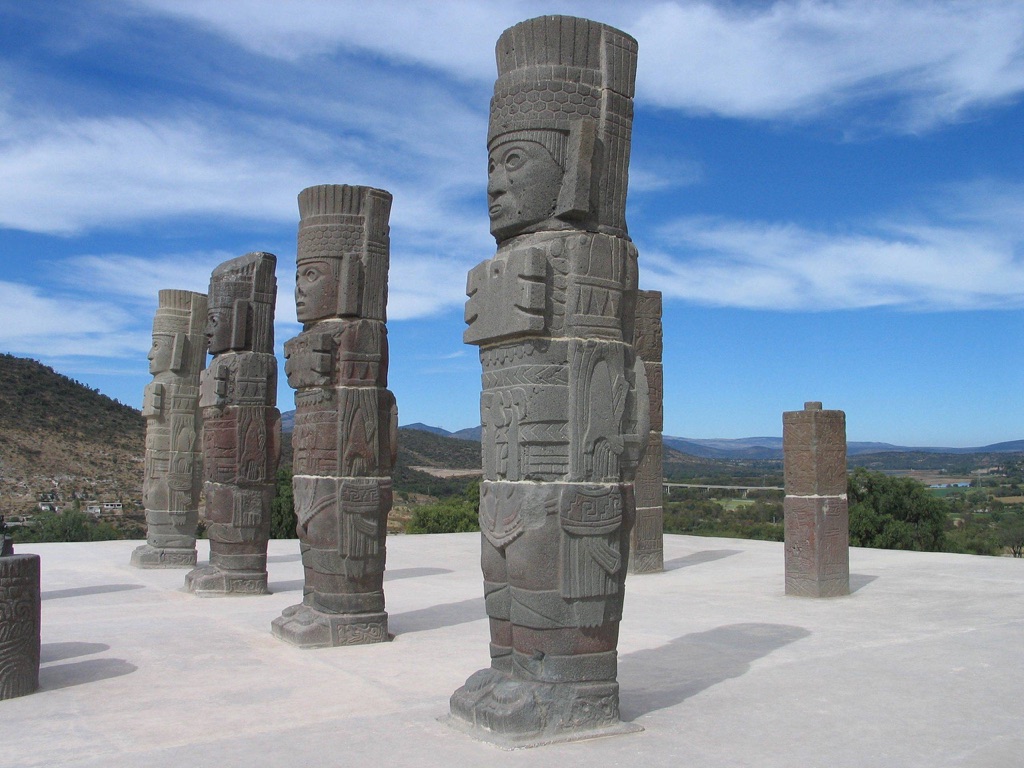Atlantean figures are a fascinating architectural feature belonging to the Toltec culture in Mesoamerica. These stone sculptures take their name from the European tradition of similar Atlas or Atalante figures in classical architecture, where they were used as supporting structures in place of columns or pillars. The most famous examples of Toltec figures can be found in the ancient city of Tula, located in present-day Mexico.
Get your dose of History via Email
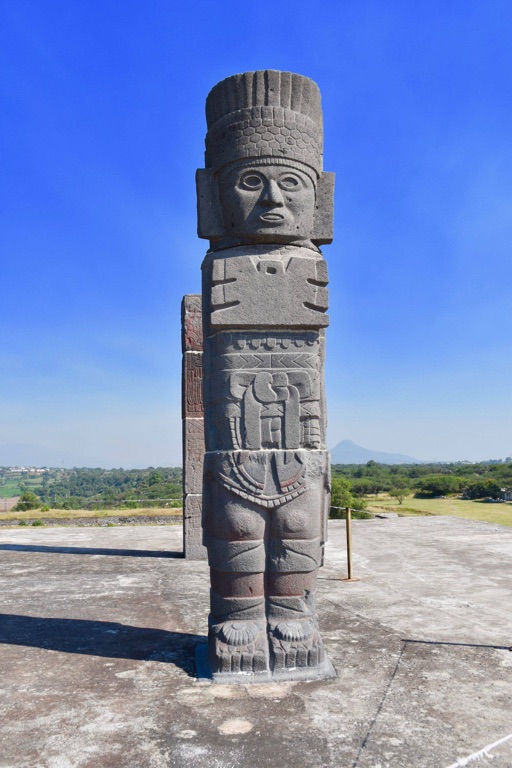
Historical Background
Many different cultures across the Mesoamerican world have carved Atlanten Figures, including Olmecs, Mayas, Aztecs and Toltecs. While they found their most prominent place in Tula, the ancient capital of the Toltec civilization, which thrived from the 9th to the 12th century AD, it was the Olmecs who first carved them on a relief uncovered at Potrero Nuevo. These enigmatic sculptures were not limited to the Olmecs, as Mayans in Chichen Itza also crafted their versions of “Atlantean” figures. Moreover, the Aztecs, drawing inspiration from these mysterious figures, sculpted warrior statues that bear a striking resemblance to the Atlantean prototypes found in Tula.
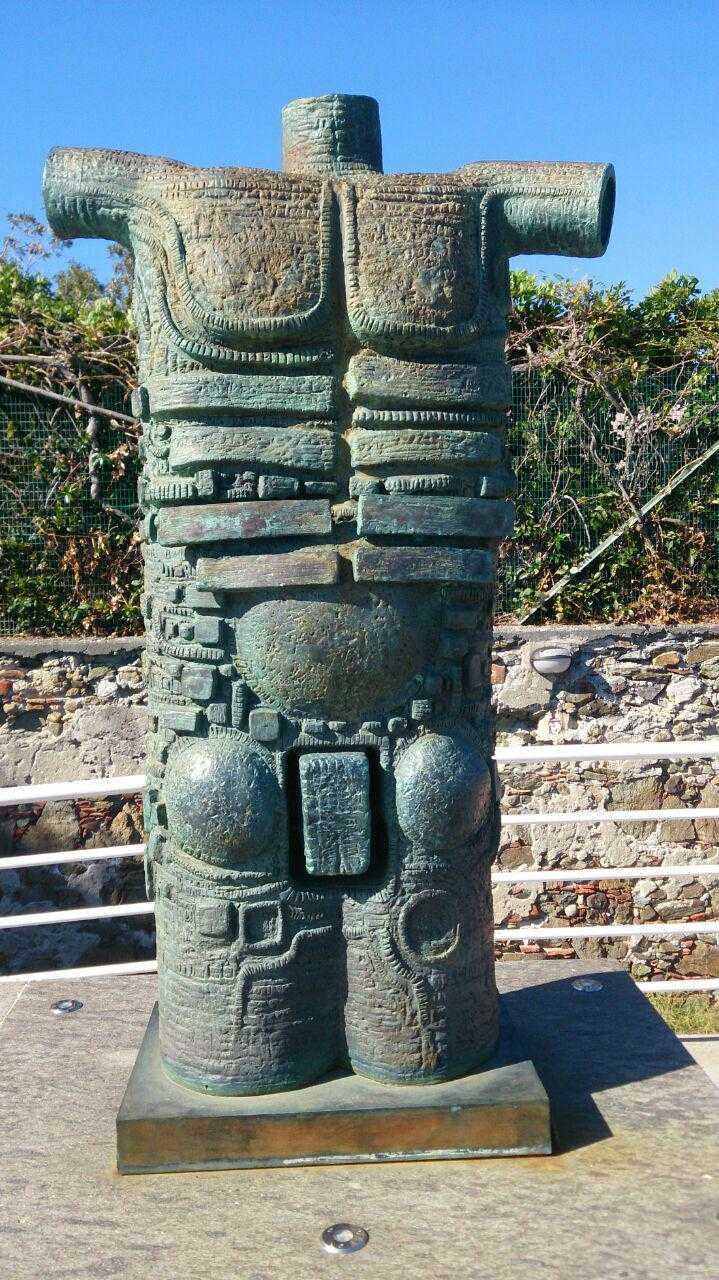
Architectural Highlights
The Atlantean figures of Tula are colossal, each standing at over 4.5 meters tall and weighing several tons. They are carved from basalt, a volcanic rock abundant in the region. The figures are depicted as warriors, adorned with butterfly breastplates, feathered headdresses, and carrying weapons and tools. They were originally positioned on top of the Pyramid of Quetzalcoatl, supporting the roof of a temple.
The construction of these figures showcases the advanced stone carving techniques of the Toltec civilization. The figures were likely carved using obsidian tools, a material harder than basalt. The intricate details of the figures’ attire and accessories suggest a high level of craftsmanship and attention to detail.
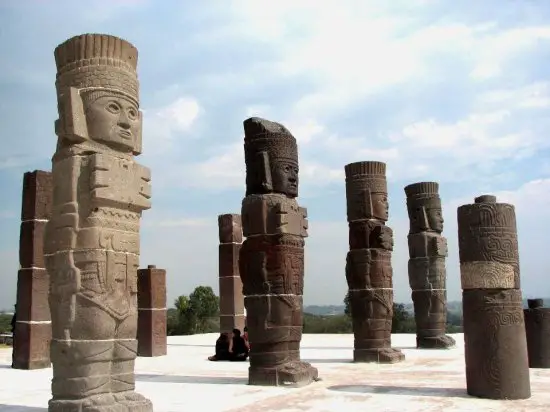
Theories and Interpretations
There are several theories about the purpose and symbolism of the Atlantean figures. Some scholars believe they represent Toltec warriors, while others suggest they may symbolize the four bearers of the heavens in Toltec mythology. The figures’ position atop the Pyramid of Quetzalcoatl suggests they may have had a religious or ceremonial significance.
The dating of the figures has been determined through stratigraphic analysis, a method that examines the layers of soil in which the figures were found. This method suggests that the figures were constructed during the height of the Toltec civilization, between the 10th and 12th centuries AD.
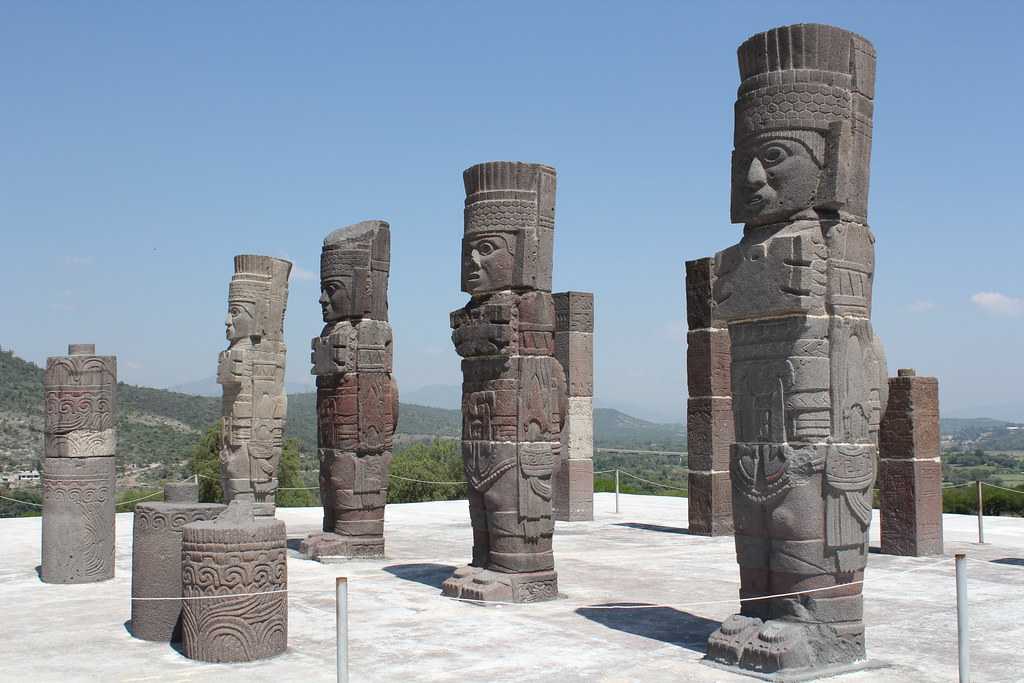
Good to know/Additional Information
Interestingly, the Atlantean figures have been a source of inspiration for many architectural designs worldwide. For instance, Renaissance architecture in Europe adopted the use of Atlantes, often depicting them in the form of Hercules. In modern times, Atlantean figures can be seen in various forms in architecture, from supporting structures to decorative elements, continuing the legacy of this ancient architectural feature.
